Keep Squash Bugs Away With Companion Planting
Introduction
Squash bugs are a common pest of cucurbit plants, such as squash, pumpkins, cucumbers, and melons. They can cause significant damage to plants, leading to wilting, yellowing, and even death.
There are a number of ways to control squash bugs, including chemical pesticides, insecticidal soaps, and beneficial insects. However, many gardeners prefer to use more natural methods of pest control, such as companion planting.
Companion planting is a gardening practice that involves planting different types of plants together to benefit each other. Some plants can repel pests, while others attract beneficial insects that prey on pests.
In this blog post, we will discuss how to use companion planting to keep squash bugs away from your garden. We will also provide a list of companion plants that are effective at deterring squash bugs.
Main Content
How Companion Planting Works
Companion planting works by taking advantage of the natural relationships between plants. Some plants release chemicals that repel pests, while others attract beneficial insects that prey on pests.
For example, nasturtiums release a chemical that repels squash bugs. Marigolds attract ladybugs, which are a natural predator of squash bugs.
When you plant these plants together, they can help to create a more pest-resistant environment for your cucurbit plants.
What Plants Repel Squash Bugs
There are a number of plants that can be used to repel squash bugs. Some of the most effective include:
- Nasturtiums: These colorful flowers are a favorite of gardeners because they are not only beautiful, but they also repel a variety of pests, including squash bugs.

- Marigolds: These bright orange flowers are another popular choice for companion planting. They attract ladybugs and other beneficial insects that prey on squash bugs.

- Catnip: This herb is not only a great way to repel mosquitoes, but it can also help to keep squash bugs away.
- Dill: This herb is a favorite of pollinators, but it also repels squash bugs.
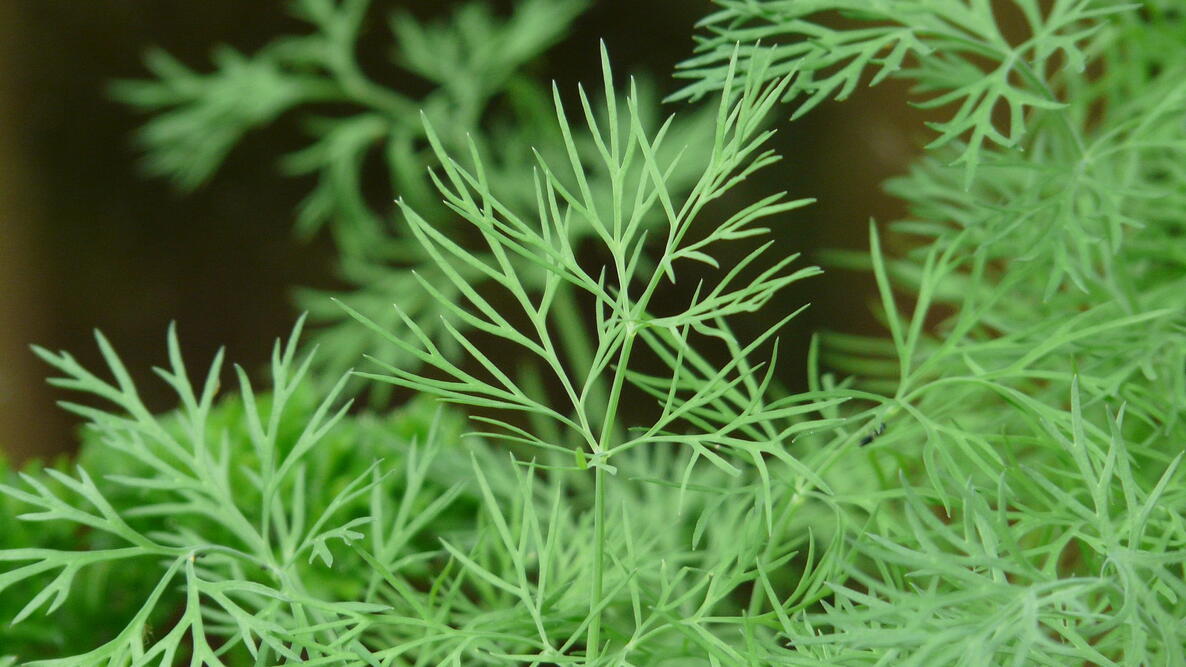
- Garlic: This pungent herb is a natural insect repellent. It can be planted near squash plants to help keep squash bugs away.
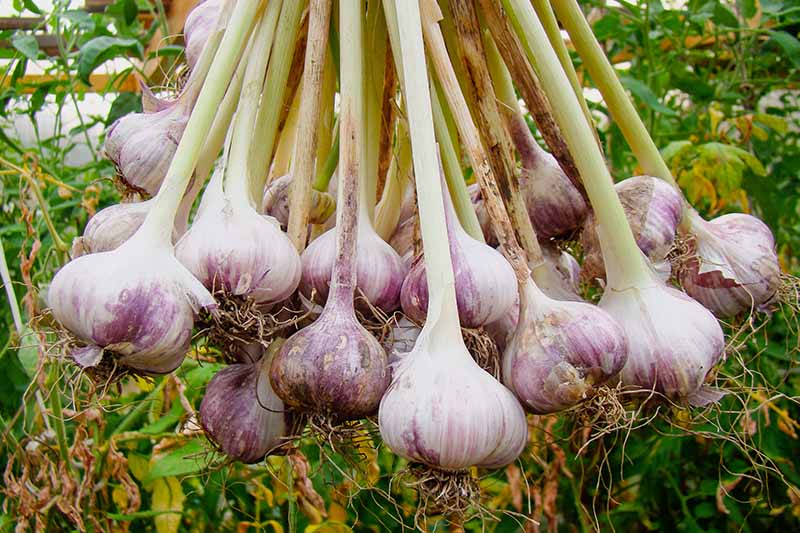
- Onions: Like garlic, onions are a natural insect repellent. They can be planted near squash plants to help keep squash bugs away.

- Radishes: These root vegetables are not only delicious, but they can also help to repel squash bugs.
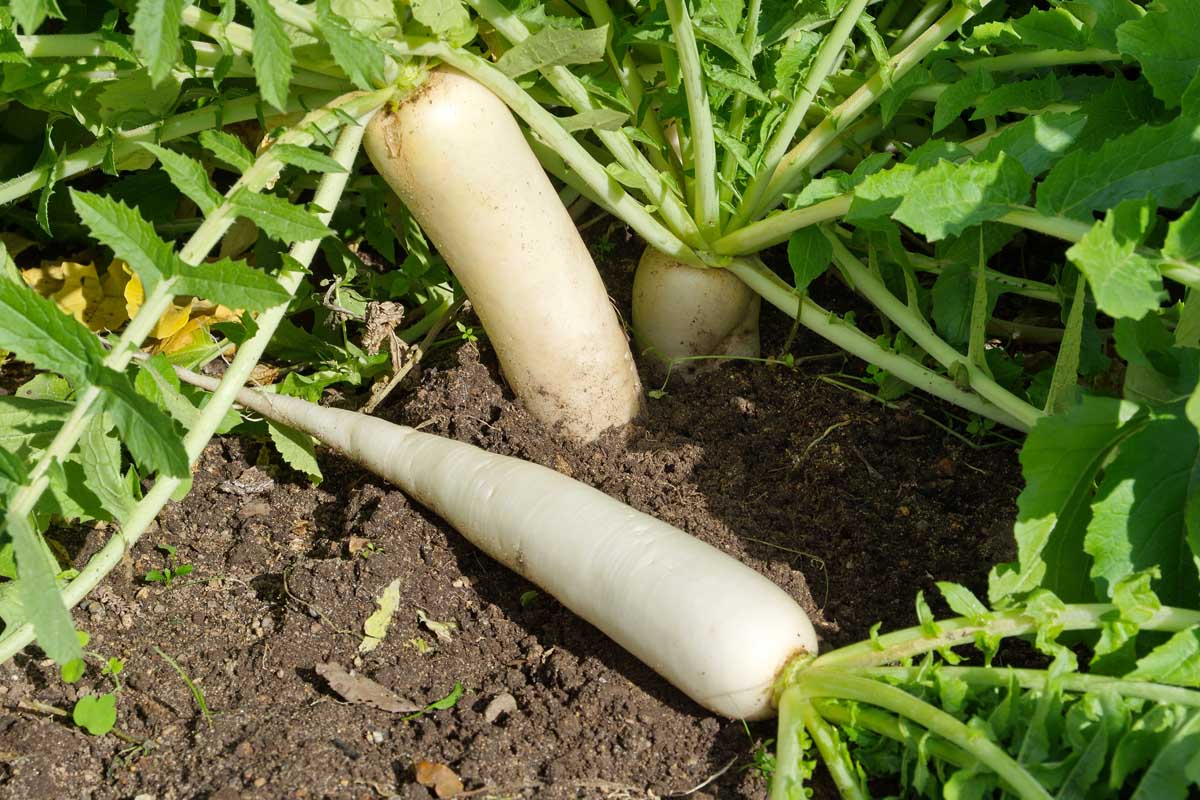
- Tansy: This herb has a strong odor that is unpleasant to squash bugs. It can be planted near squash plants to help keep squash bugs away.
Other Companion Plants for Cucurbit Plants
In addition to the plants listed above, there are a number of other plants that can be beneficial for cucurbit plants. Some of these include:
- Beans: Beans fix nitrogen in the soil, which can benefit cucurbit plants.
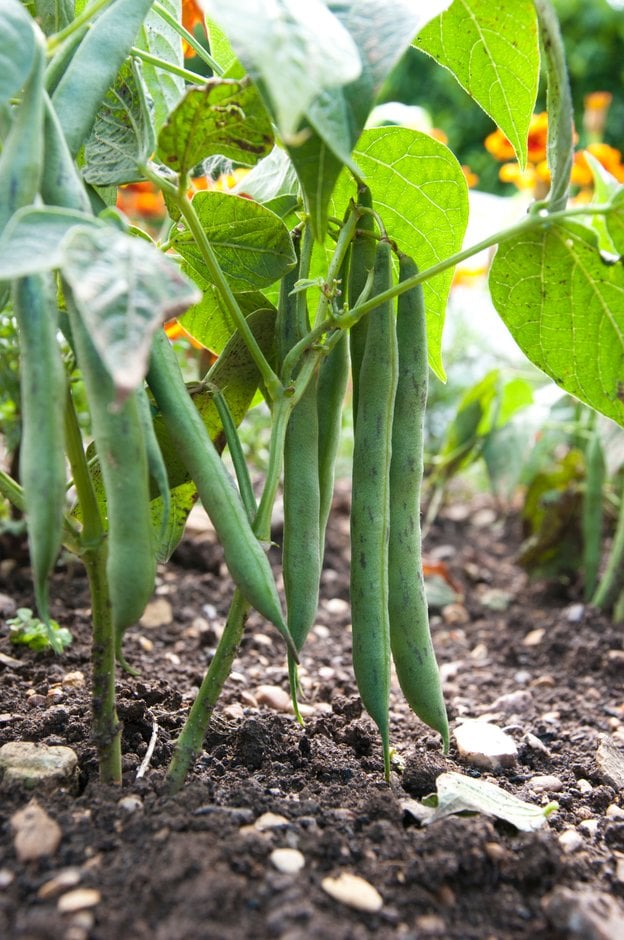-(2).jpg)
- Carrots: Carrots attract the carrot fly, which is a natural predator of squash bugs.

- Cucumbers: Cucumbers and squash plants can be planted together to help improve pollination.

- Lettuce: Lettuce can help to attract beneficial insects, such as ladybugs.
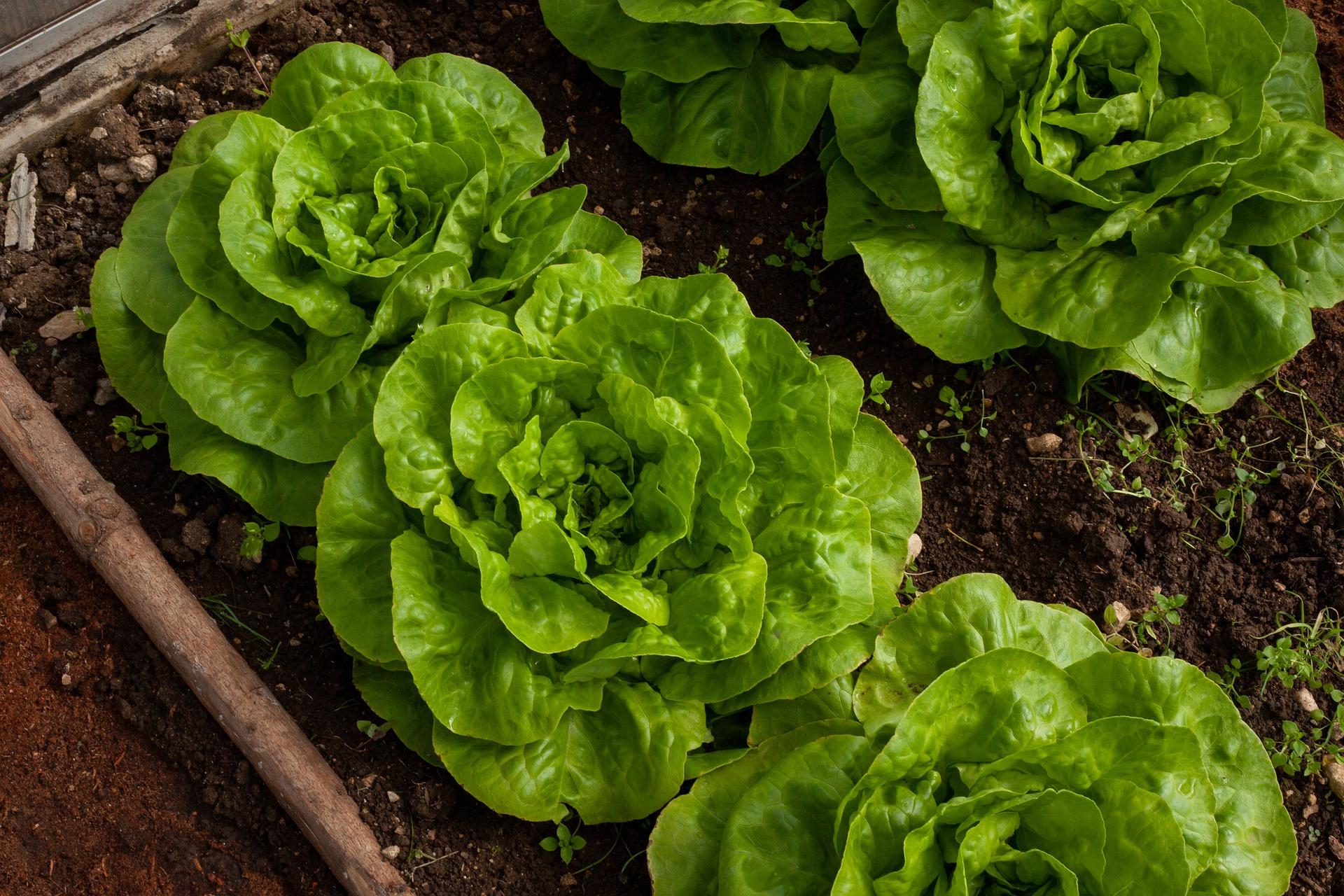
- Melons: Melons and squash plants can be planted together to help improve pollination.
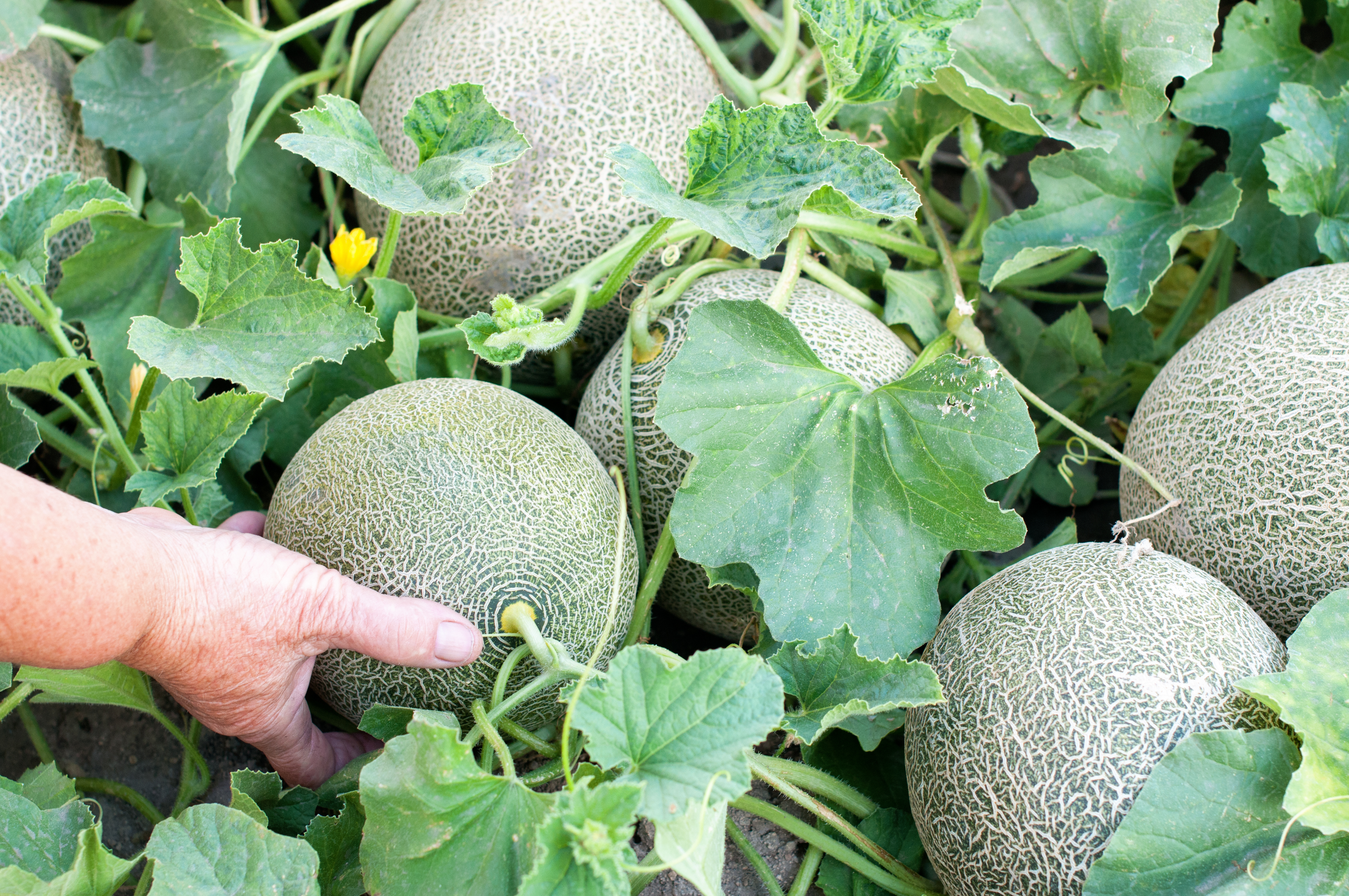
- Peas: Peas fix nitrogen in the soil, which can benefit cucurbit plants.
- Potatoes: Potatoes and squash plants can be planted together to help improve pollination.

Conclusion
Companion planting is a great way to keep squash bugs away from your garden. By planting the right plants together, you can create a more pest-resistant environment for your cucurbit plants.
The plants listed in this blog post are just a few of the many that can be used to repel squash bugs. With a little research, you can find the perfect companion plants for your garden.
Squash bugs are a common pest in gardens, but there are natural ways to prevent them. One of the most effective methods is companion planting. Companion planting is the practice of planting certain plants together that benefit each other. In the case of squash bugs, there are a number of plants that can help to repel them.
Some of the best companion plants for squash include:
- Nasturtiums: Nasturtiums are a great choice for companion planting with squash because they produce a scent that repels squash bugs.
- Marigolds: Marigolds are another good choice for companion planting with squash. They also produce a scent that repels squash bugs, and they can help to attract beneficial insects that prey on squash bugs.
- Catnip: Catnip is a third good choice for companion planting with squash. It produces a scent that repels squash bugs, and it can also help to attract pollinators.
In addition to planting these companion plants, there are a few other things you can do to prevent squash bugs. These include:
- Inspect your plants regularly: Inspect your squash plants regularly for signs of squash bugs. If you see any, remove them immediately.
- Keep your garden clean: Keep your garden clean by removing any dead or dying plants. This will help to reduce the number of places where squash bugs can overwinter.
- Use row covers: Row covers can help to protect your squash plants from squash bugs.
If you follow these tips, you can help to prevent squash bugs from invading your garden. For more information about companion planting to prevent squash bugs, please visit Gardenia Inspiration.
FAQ of companion planting to prevent squash bugs
Q: What are some companion plants that repel squash bugs?
A: There are a number of companion plants that can help repel squash bugs. Some of the most effective include:
- Nasturtiums: These colorful flowers have a strong scent that is said to deter squash bugs. They also attract beneficial insects, such as ladybugs, which help to control squash bug populations.
- Marigolds: Marigolds have a similar scent to nasturtiums and are also effective at repelling squash bugs. They also help to improve the soil quality around your squash plants.
- Chives: Chives have a strong, oniony scent that is said to repel squash bugs. They can also be used to make a natural insecticidal spray.
- Garlic: Garlic has a strong scent that is said to repel squash bugs. It can also be used to make a natural insecticidal spray.
- Onions: Onions have a similar scent to garlic and are also effective at repelling squash bugs.
Q: How do I plant companion plants to repel squash bugs?
A: When planting companion plants to repel squash bugs, it is important to plant them near your squash plants. You can plant them in the same bed, or you can plant them around the perimeter of the bed. It is also important to plant a variety of companion plants, as this will help to create a more diverse and pest-resistant garden.
Q: What other methods can I use to prevent squash bugs?
A: In addition to companion planting, there are a number of other methods you can use to prevent squash bugs. These include:
- Sanitation: Remove any old or diseased squash plants from the garden after harvest. This will help to prevent squash bugs from overwintering in the garden.
- Crop rotation: Plant squash in a different location in the garden each year. This will help to break the life cycle of squash bugs and reduce their numbers.
- Floating row cover: Floating row cover is a lightweight fabric that can be placed over your squash plants to prevent squash bugs from laying eggs.
- Hand-picking: If you see squash bugs on your plants, you can hand-pick them and destroy them.
Q: What do I do if I already have squash bugs?
A: If you already have squash bugs, there are a number of things you can do to control them. These include:
- Spraying with insecticidal soap: Insecticidal soap is a natural insecticide that can be used to kill squash bugs.
- Using neem oil: Neem oil is another natural insecticide that can be used to kill squash bugs.
- Attracting beneficial insects: Beneficial insects, such as ladybugs and praying mantises, help to control squash bug populations. You can attract these insects to your garden by planting flowers that they like, such as marigolds and cosmos.
Image of companion planting to prevent squash bugs
5 different images of companion planting to prevent squash bugs from Pinterest:
- Nasturtiums and squash. Nasturtiums are a popular companion plant for squash because they emit a scent that repels squash bugs. This image shows a bed of nasturtiums planted alongside squash plants.

- Marigolds and squash. Marigolds are another good companion plant for squash. They release a scent that repels squash bugs, and they also attract beneficial insects that help to control pests. This image shows a bed of marigolds planted alongside squash plants.

- Calendula and squash. Calendula is a third companion plant that can help to repel squash bugs. It also has the added benefit of attracting pollinators, which helps to improve the pollination of squash plants. This image shows a bed of calendula planted alongside squash plants.

- Garlic and squash. Garlic is a strong-smelling herb that repels many pests, including squash bugs. This image shows a bed of garlic planted alongside squash plants.
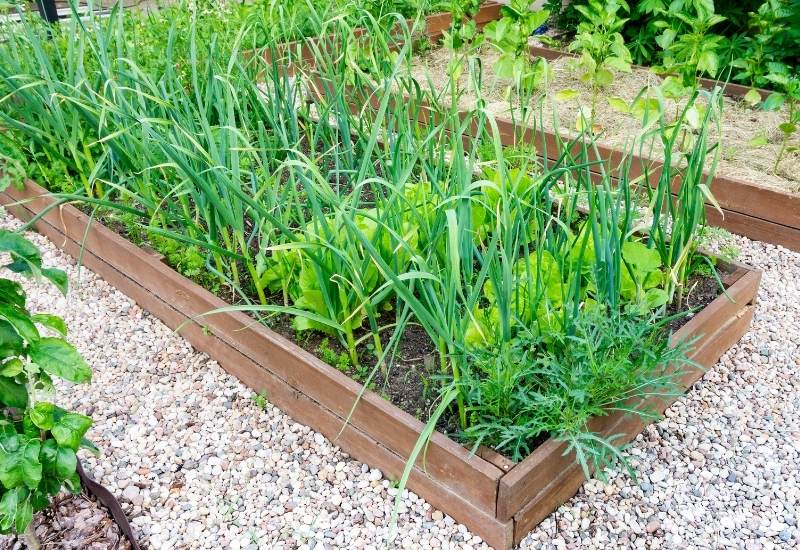
- Onions and squash. Like garlic, onions are also a strong-smelling herb that repels pests. This image shows a bed of onions planted alongside squash plants.
Post a Comment for "Keep Squash Bugs Away With Companion Planting"